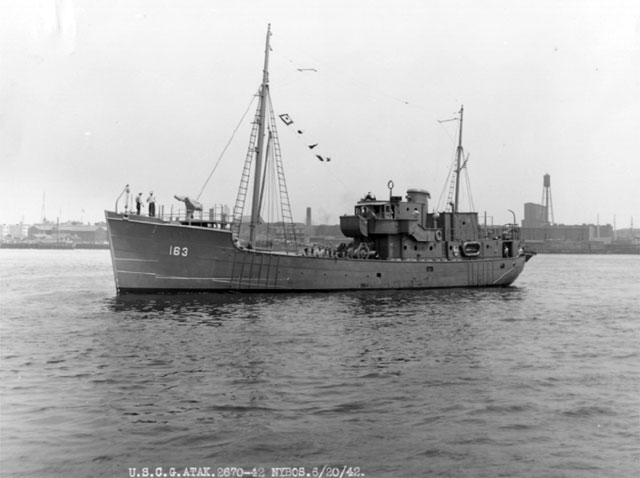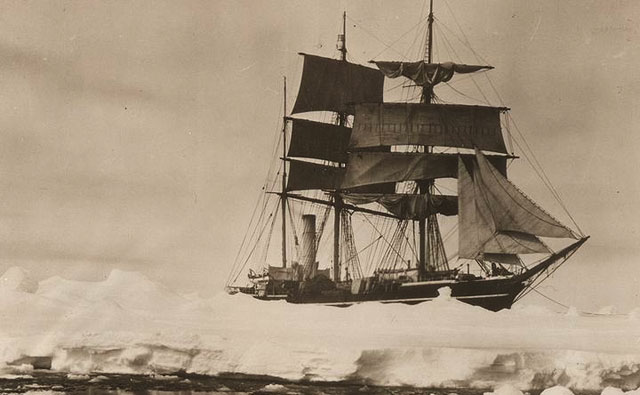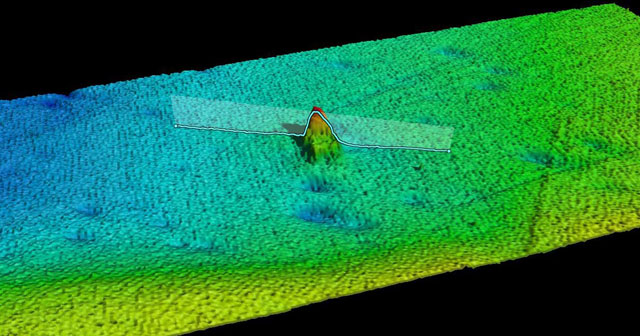|
ShipwreckRemains of Scott's vessel Terra Nova found off Greenland coastPosted August 24, 2012
Updated August 29, 2012
The ship that lent its name to one of the most famous expeditions to Antarctica has been found off the coast of Greenland. The wood-hulled S.S. Terra Nova, which carried the doomed polar explorer Robert F. Scott to Antarctica in 1910, was discovered in July by the research company Schmidt Ocean Institute “The discovery of the lost S.S. Terra Nova, one of the most famous polar exploration vessels, was an exciting achievement,” wrote Leighton Rolley, marine technician aboard the Schmidt Ocean Institute research vessel Falkor. The Falkor which was conducting sea trials on its the mutibeam mapping echosounders during a transit from Newcastle, England, to Nuuk, Greenland, when it spotted the former whaling and sealing vessel. The British Antarctic Expedition 1910 Built in 1884 for the Dundee whaling and sealing fleet, the Terra Nova got its first taste of the Antarctic in 1903 when she sailed south to help free Scott’s first polar expedition ship, Discovery, from the sea ice in McMurdo Sound. For his second Antarctic adventure, Scott purchased the 187-foot-long vessel for £12,500 in 1909, reinforcing it with seven feet of oak from bow to stern to prepare her for a voyage through Antarctica’s thick pack ice. On Sept. 13, 1943, the Terra Nova was damaged by ice while transporting supplies to Greenland and sank off the southwestern tip of the island. The crew was saved by the U.S. Coast Guard Researchers aboard the Falkor had selected the coastal Greenland site to test its seafloor mapping capability for several reasons, particularly because of the glacial activity in the area “created distinct and prominent seafloor features,” according to the Schmidt Ocean Institute news release The region was also familiar to Rolley, who knew about the history of the Terra Nova and its approximate location. “With all the topographical considerations and with the secondary possibility of using a wreck as a calibration reference for the sonar equipment, the Schmidt Ocean Institute had prioritized this location as the optimal spot for this round of tests,” he wrote. 
Photo Credit: James Flynn/U.S. Coast Guard
The USCG cutter ATAK in June 1942 off the east coast of the United States. The converted trawler came to the rescue of the TERRA NOVA crew on Sept. 13, 1943.
On the first line of the calibration survey, on-board survey expert Jonathan Beaudoin from the University of Hampshire had noted an unidentified feature on the seabed that upon further analysis was found to match the length of the Terra Nova. A camera instrument, dubbed SHRIMP (for Simple High Resolution IMaging Package), was sent down to take a closer look at the feature. SHRIMP consists of a solid metal frame with two attached cameras and several dive flashlights for light. “Camera tows across the top of the target showed the remains of a wooden wreck [lying] on the seabed,” Rolley reported. “The camera footage also identified the funnel of the vessel, next to the wreck. The forecastle of the vessel appeared to be ‘peeled’ upwards to the port side and at an angle from the rest of the ship.” The team then compared and matched the funnel image with historical photographs of the Terra Nova, confirming the location of the ship nearly 70 years after it was lost and a century after its most famous owner perished in Antarctica.
|



For USAP Participants |
For The Public |
For Researchers and EducatorsContact UsU.S. National Science FoundationOffice of Polar Programs Geosciences Directorate 2415 Eisenhower Avenue, Suite W7100 Alexandria, VA 22314 Sign up for the NSF Office of Polar Programs newsletter and events. Feedback Form |




